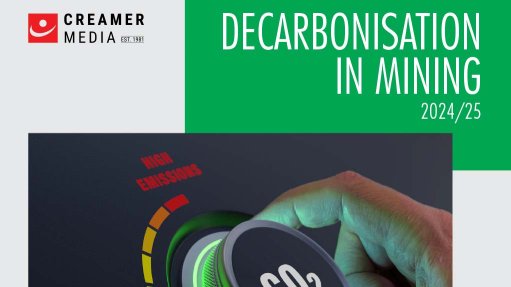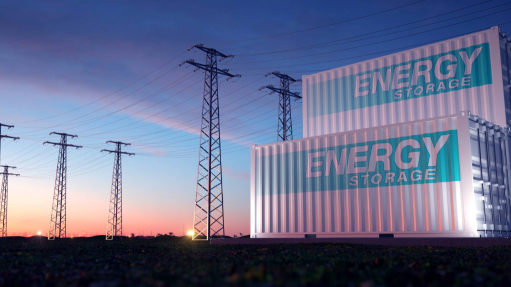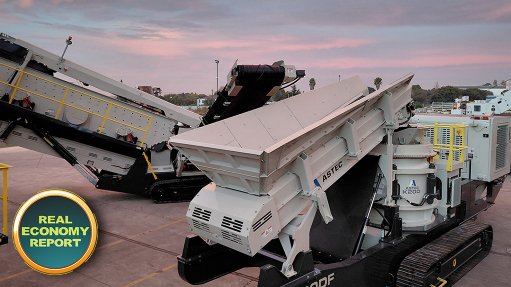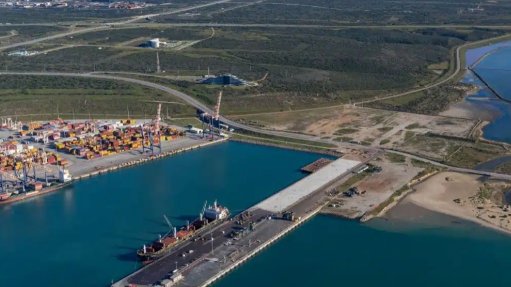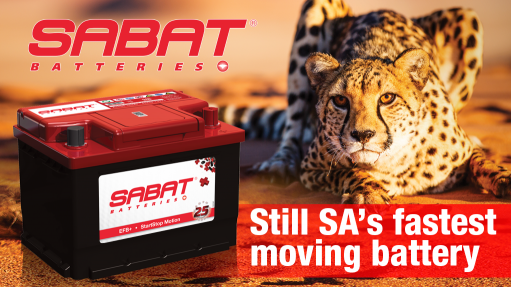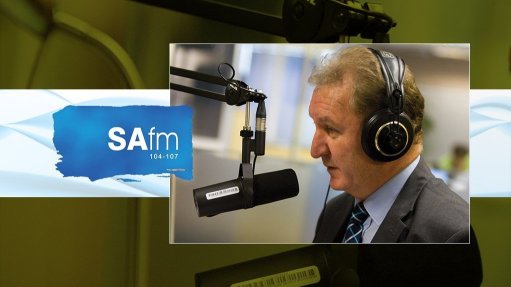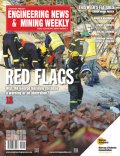Challenges and Opportunities in Structuring Wheeled Renewable Energy Deals
This article has been supplied and will be available for a limited time only on this website.
By: Oliver Johnston – CEO and Founder of SOLINK Group
Challenges and Opportunities in Structuring Wheeled Renewable Energy Deals
The renewable energy market, especially wheeled energy, has grown significantly in recent years. Wheeling enables the transportation of electricity from renewable sources to grid-connected consumers via the national electricity network, but effectively structuring these projects remains a challenge.
One of the biggest obstacles is navigating negotiations between energy suppliers and offtakers. While many businesses need affordable renewable energy, suppliers must align their offerings with the specific offtakers. Matching the two parties at the right time and in a way that benefits both sides often leads to delays.
Another challenge is the long-term nature of these projects. Offtakers, especially in South Africa’s commercial and industrial sectors, often face slow internal approval processes, particularly if it’s their first time dealing with wheeling contracts. Additionally, the market operates on a “first-come, first-served” basis, which means suppliers cannot reserve grid capacity without a commercial agreement, leading to potential missed opportunities for companies trying to secure capacity.
Evolution of the Wheeled Energy Market
In recent years, the wheeled energy market has evolved dramatically. What began as small, experimental renewable energy projects has grown significantly. This growth was accelerated by the lifting of license caps in 2021 from 1MW to 100MW, which allowed larger-scale renewable energy projects to wheel. This significant scale jump, along with the decreasing cost of renewable energy, particularly solar, and the increasing cost of energy from the national grid, has radically improved the business case for wheeled energy projects over a very short period.
While early market activity was dominated by large-scale offtakers requiring over 100 MW of energy, today, the market has opened up to smaller and mid-sized businesses as more suppliers enter the market and offer various deal structures.
The Impact of Fluctuating Energy Prices
Fluctuating energy prices play a critical role in the structuring of wheeled energy projects. While renewable energy costs have steadily decreased, the price of energy from ESKOM continues to rise. This dynamic has made renewable energy more attractive as businesses look to secure cheaper and more predictable energy costs.
However, pricing structures are highly sensitive to changes in foreign exchange rates, which can impact the Power Purchase Agreement (PPA) tariff. As long as both parties agree on a fixed exchange rate and incorporate it into the contract, the project can withstand currency fluctuations. Similarly, changes in module prices have impacted the pricing of solar power. Fortunately, over the last year and a half, these prices have declined, making renewable energy even more cost-effective.
Risk Allocation in Wheeled Energy Projects
Appropriate risk allocation is one of the most critical components of structuring an effective wheeled energy project. The power purchase agreement (PPA) defines which party—either the generator or the offtaker—will bear different risks. For instance, the risk of underproduction of renewable energy typically lies with the generator since they have more control over the production process. Conversely, the offtaker typically bears the risk of a reduction in onsite consumption due to changes in their operations.
The ability to appropriately allocate risks between the parties ensures that the project can be as effective as possible. Understanding these risks, however, requires significant effort from the offtaker, who may need assistance to fully comprehend the implications of their exposure. Ensuring that risk allocations are effective, fair and transparent is key to a successful deal.
Technical Feasibility and Common Pitfalls
Assessing the technical feasibility of a wheeled energy project is essential to ensuring its success. Another key challenge in the market is understanding how renewable energy projects, such as solar and wind, will interact with the offtaker’s energy consumption patterns. Although Eskom allocate wheeled energy on a monthly ToU basis, it is our view that projects should be modelled on an hourly basis to evaluate how the renewable energy generation profile aligns with the offtaker’s energy needs throughout the day. This is done to understand the risks a customer would take on if Eskom were to change to an hourly reconciliation instead of a monthly ToU. There is a reasonable probability that this change will occur over the medium to long term.
Some common pitfalls include a lack of understanding of how wheeled power can be integrated with embedded energy solutions, such as solar PV and battery energy storage systems. These solutions can work together in a way that benefits both the offtaker and the generator. However, businesses often view these opportunities as mutually exclusive, which limits their ability to optimise their energy mix and financial savings.
Investor Considerations and Risk Evaluation
When evaluating a wheeled energy project, investors are primarily concerned with two aspects: the technical viability of the project and the creditworthiness of the offtaker. They want to ensure that the energy generation site is sound and that the project developer has the ability to build and operate the renewable energy plant effectively. They also want to assess the offtaker’s ability to honour the terms of the contract and make payments for the delivered power over the long term.
From an investment perspective, wheeled energy projects are seen as less risky than behind-the-meter projects. This is because, should an offtaker default or fail to honour the contract, the generator can reallocate the power to a different buyer, which is not possible in a behind-the-meter scenario. This flexibility helps reduce the overall risk and is seen as an attractive feature for investors.
Legal and Regulatory Challenges
One of the most significant legal challenges in structuring wheeled energy projects is navigating the complex regulatory environment, particularly concerning grid capacity and tariffs. ESKOM has developed interim grid allocation rules, but issues still arise. Some developers report uncertainty about grid capacity availability, as well as confusion over how renewable energy projects in the private sector compete with the national renewable energy independent power producer (REIPPP) projects for grid access.
Another challenge is the uncertainty surrounding ESKOM’s tariff structures. Changes to tariff structures, such as the retail tariff plan, which significantly adjust the wheeled energy rebate as well as the ToU periods, can have a significant impact on the viability of wheeled energy projects. Therefore, flexibility in the PPA terms is an important consideration for an offtaker to allow for adaptation as these regulatory changes unfold.
Emerging Trends Shaping the Future of Wheeled Energy Projects
Looking ahead, several emerging trends are expected to shape the future of wheeled energy projects. One of the most significant trends is the rise of battery storage solutions, which can help mitigate regulatory risks by allowing both the generator and the offtaker to control when energy is delivered or consumed. As battery costs continue to decrease, these solutions are becoming increasingly viable.
The maturation of the market will also make wheeled energy projects more accessible to smaller off-takers, including those in municipal distribution networks. Virtual wheeling, currently in a pilot phase, promises to simplify the administrative process, further expanding access to wheeled energy.
While grid capacity remains a significant constraint, the increasing availability of flexible, shorter-term power options and a reduction in termination risks are expected to make it easier for businesses to structure deals in the coming years. These developments will help create a more flexible and efficient market for wheeled energy, benefiting both offtakers and generators alike.
While structuring wheeled energy projects presents numerous challenges, the evolving landscape of renewable energy, coupled with technological advancements and regulatory shifts, offers promising opportunities for businesses seeking to secure sustainable and affordable energy. By addressing these challenges head-on and understanding the key components of these deals, businesses can successfully navigate the complexities of the market and reap the benefits of wheeled energy solutions.
Comments
Press Office
Announcements
What's On
Subscribe to improve your user experience...
Option 1 (equivalent of R125 a month):
Receive a weekly copy of Creamer Media's Engineering News & Mining Weekly magazine
(print copy for those in South Africa and e-magazine for those outside of South Africa)
Receive daily email newsletters
Access to full search results
Access archive of magazine back copies
Access to Projects in Progress
Access to ONE Research Report of your choice in PDF format
Option 2 (equivalent of R375 a month):
All benefits from Option 1
PLUS
Access to Creamer Media's Research Channel Africa for ALL Research Reports, in PDF format, on various industrial and mining sectors
including Electricity; Water; Energy Transition; Hydrogen; Roads, Rail and Ports; Coal; Gold; Platinum; Battery Metals; etc.
Already a subscriber?
Forgotten your password?
Receive weekly copy of Creamer Media's Engineering News & Mining Weekly magazine (print copy for those in South Africa and e-magazine for those outside of South Africa)
➕
Recieve daily email newsletters
➕
Access to full search results
➕
Access archive of magazine back copies
➕
Access to Projects in Progress
➕
Access to ONE Research Report of your choice in PDF format
RESEARCH CHANNEL AFRICA
R4500 (equivalent of R375 a month)
SUBSCRIBEAll benefits from Option 1
➕
Access to Creamer Media's Research Channel Africa for ALL Research Reports on various industrial and mining sectors, in PDF format, including on:
Electricity
➕
Water
➕
Energy Transition
➕
Hydrogen
➕
Roads, Rail and Ports
➕
Coal
➕
Gold
➕
Platinum
➕
Battery Metals
➕
etc.
Receive all benefits from Option 1 or Option 2 delivered to numerous people at your company
➕
Multiple User names and Passwords for simultaneous log-ins
➕
Intranet integration access to all in your organisation







